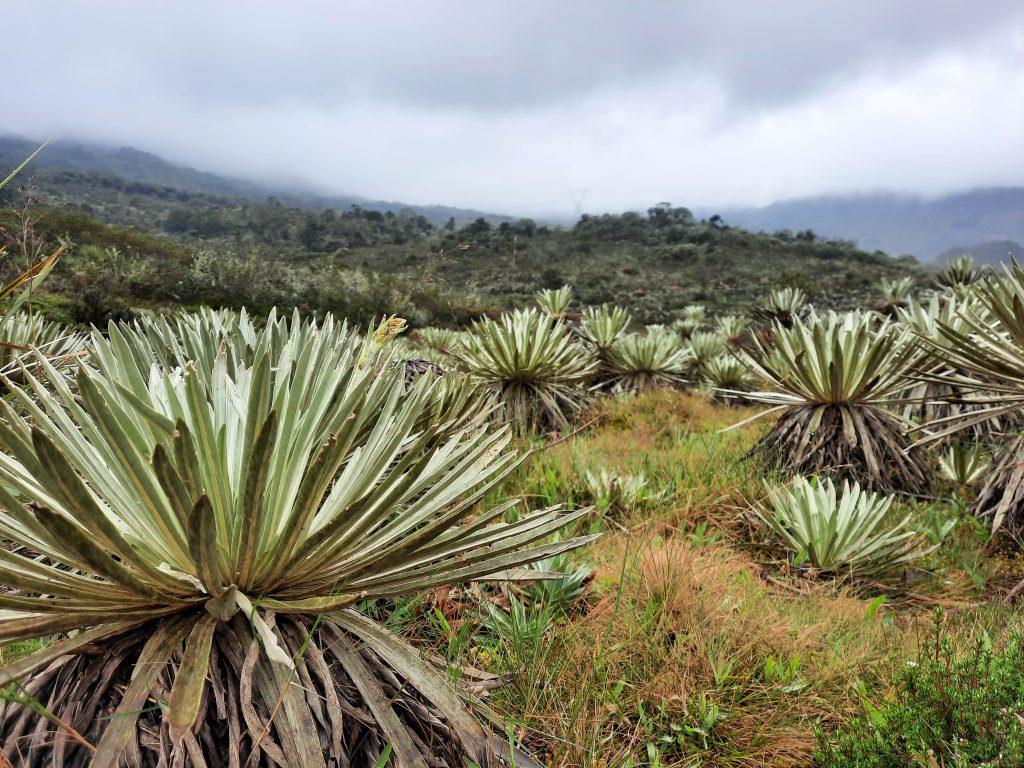
Prehistoric Poo Reveals 'Waves' Of Extinction In Colombia - Dailynewsegypt
The study used samples from a peat bog in Pantano de Monquentiva, located about 60 km from Bogota in the eastern cordillera. The study was the first of its kind conducted in Colombia. “By analysing samples of fungal spores, as well as pollen and charcoal, we were able to track the extinction of large animals, and the consequences of this extinction for plant abundance and fire activity. The findings show that plentiful megafauna existed in the area for thousands of years, then disappeared entirely about 23,000 years ago. “Wildfires became more common after the megafauna extinctions – presumably because flammable plants were no longer being eaten or trampled upon.
Source: Daily News Egypt April 27, 2023 22:22 UTC



